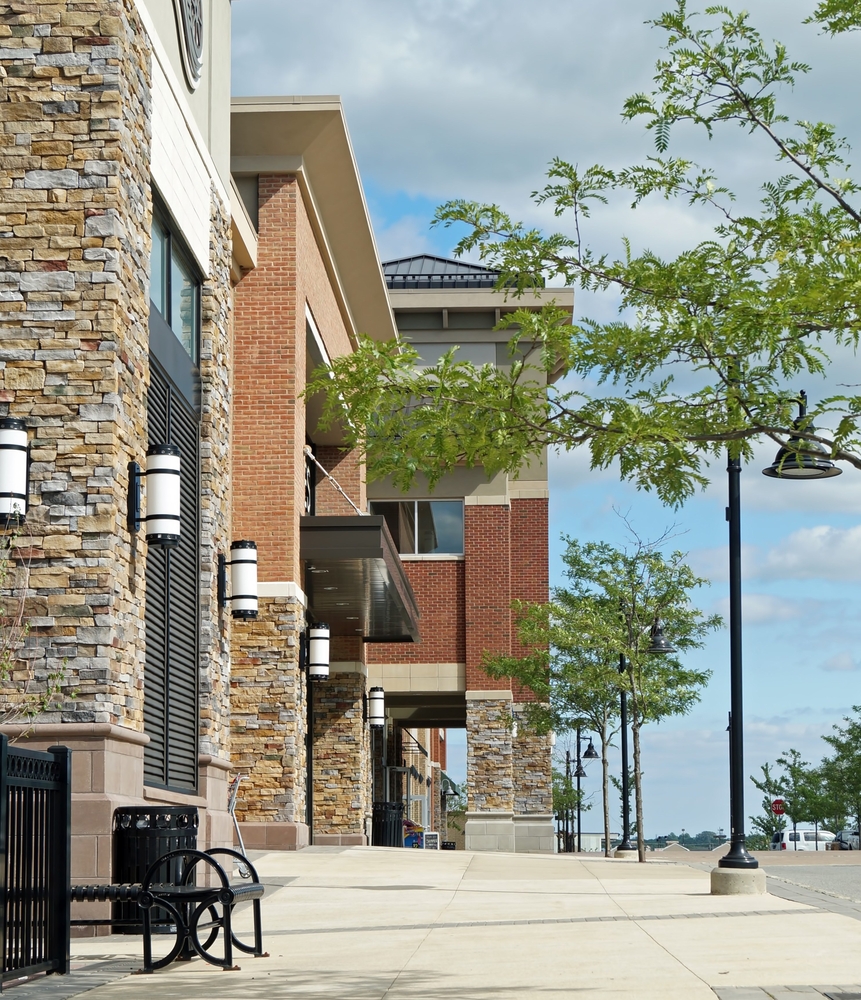 One of the critical lessons of the COVID-19 pandemic is how quickly a situation can change, and how adaptable businesses must be in order to respond. Just three months ago, we were watching the Dow hit 29,000 for its fastest 1,000 point gain ever, and wondering whether our Silicon Valley economy might begin to slow down. Now, to halt the worldwide spread of this disease, social distancing and other effective yet drastic public health measures have been imposed by many authorities and institutions, which has unsurprisingly resulted in many aspects of the global economy coming to a virtual standstill, bringing us to the brink of recession.
One of the critical lessons of the COVID-19 pandemic is how quickly a situation can change, and how adaptable businesses must be in order to respond. Just three months ago, we were watching the Dow hit 29,000 for its fastest 1,000 point gain ever, and wondering whether our Silicon Valley economy might begin to slow down. Now, to halt the worldwide spread of this disease, social distancing and other effective yet drastic public health measures have been imposed by many authorities and institutions, which has unsurprisingly resulted in many aspects of the global economy coming to a virtual standstill, bringing us to the brink of recession.
The shock of these impacts has reverberated rapidly through the economy. With shelter in place/”stay at home” orders separating us from each other, non-essential businesses have now been shut down for weeks, and many businesses that have been able to remain open are experiencing serious liquidity crunches. Again unsurprisingly, this abrupt cash flow reduction is working its way through the real estate ecosystem—companies have furloughed or laid off workers to stave off a cash crisis, and now both they and their former employees have no choice but to stop paying other obligations to get by, so that both residential and commercial landlords are not receiving their regular rents and must now face being unable to pay their mortgages.
In response to this calamity, there have been a variety of actions taken by all levels of government to attempt to mitigate its effects. You may already be familiar with California’s restrictions on residential and commercial evictions, total moratorium on residential evictions, and mortgage relief program for homeowners. Nationally, the federal government has taken significant steps to provide tax relief and monetary stimulus.
While these efforts to infuse cash into the economy are important, these funds have not yet made their way into the pocketbooks of most Americans. In the meantime, the rent and mortgage obligations of businesses are still coming due, so people still need to deal with the current situation. What follows are some of my thoughts on what commercial landlords and tenants can do in the meantime to cope.
- Take initiative and keep communicating
Now is not the time to stick your head in the sand and hope that everything will turn out all right. As I have pointed out, a variety of government and private programs and other relief have been put in place to assist businesses in responding to problems resulting from the pandemic. Nationwide, a number of mortgage and rent relief programs are in place. For owners of multifamily residential buildings subject to FNMA and FMAC mortgages, those agencies have set up forbearance programs for those borrowers whose property has been affected by the legal and regulatory impacts of COVID-19, on the condition that they take no action to evict tenants based solely upon their nonpayment of rent. Finally, you should be aware that President Trump has also directed HUD to suspend foreclosures with respect to all HUD-backed properties until the end of April.
Beyond taking advantage of these programs, keep in mind that it is always a good idea to maintain open lines of communications with your landlord and/or your lender. Transparency and honesty are building blocks of trust in those relationships, which is critical when problems arise and it becomes necessary to foster cooperation and understanding in those relationships. Keeping your landlord in the loop when it looks like there might be a problem with the rent is the first step to being able to work out a solution; the same analysis applies when the failure of tenants to pay rent puts a dent in your mortgage budget, so don’t let anything get in the way of putting your lender on notice if you anticipate a problem.
Again, sticking your head in the sand will not save the day. The more you stay in front of problems, the more you increase your chances of resolving them favorably. When you anticipate that there might be difficulties in satisfying your rent or mortgage obligations, stepping up and giving your landlord or lender advance notice of the issue will help facilitate the path to resolution.
- Don’t lose sight of the value of your ongoing lease relationship
Time and time again in my dealings with landlords and tenants, I have seen each side adopt positions that can only be described as going to war with each other. As a result, the relationship becomes so toxic that the only tenable resolution to the situation becomes akin to a divorce, with each party going its separate ways. Much like a marriage, the termination of a lease will come at a great cost to both of the parties, leaving them to wonder whether it was all worth it.
Continuing with the marriage analogy, a commercial lease is a relationship into which each party has invested substantial resources and is not one that should be taken for granted. As noted above, it is important to keep the lines of communication open, and it is equally important to monitor its health regularly. Is the other party doing well or struggling in business? Are there outside factors affecting your landlord-tenant relationship? Are the parties satisfying their obligations towards each other?
With regard to the current crisis, everyone is having to deal with the negative economic impacts of the lack of liquidity in the economy—how is that lack of liquidity specifically affecting your business? How are you dealing with those specific issues? Are you keeping all of those persons with whom you are in business relationships (e.g., landlords or tenants) in the loop with regard to your plans for dealing with this situation? These questions should be kept in the forefront of your mind as you take account of your resources and assess what actions you need to take, and the value of your landlord-tenant relationship should be taken into account in that assessment.
- Taking a reasonable initial position goes a long way towards a solution
In lease workout negotiations, where the parties have established a long-term relationship over the course of the lease, the key to resolving those issues that arise in that relationship is making an honest assessment of the situation and moving forward with a position grounded in the reality of each side’s investment in the lease. As noted previously, transparency and honesty establish trust in a commercial lease relationship, which should ultimately lead to mutual respect. Where there is mutual respect, each side will factor the other side’s needs as well as their own into the negotiating positions they take in a commercial lease workout.
It is also important to keep in mind the fact that each side to a commercial lease is engaged in business and has made a significant investment in the success of that business. As such, it is prudent to take that fact into account in weighing your decisions in any lease workout arrangement. Otherwise, your decision-making process will suffer due to the misinformation on which it is based.
With these concepts in mind, the process of negotiating a lease workout will be informed by each side’s point of view, which should help produce a reasonable negotiating position. Where parties have mutual respect for each other, and where they begin their negotiations from reasonable starting points, the odds of a successful workout should increase substantially.



